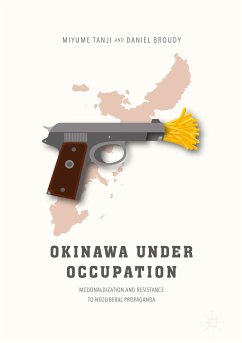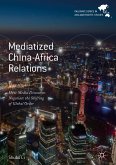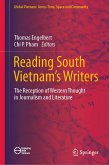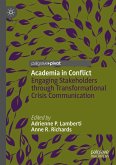This book examines classical and modern interpretations of education in the context of contemporary Okinawa as a site of neoliberal military-industrial development. Considering how media educate consumers to accept the plans and policies of the powerful, it questions current concepts of development and the ideology that informs national security policies. The book closely examines the signs, symbols, and rhetorical manipulations of language used in media to rationalize and justify a kind of development, which is the destruction of the environment in Henoko. Through careful analysis of public relations literature and public discourse, it challenges the presupposition that Okinawa is the Keystone of the Pacific and necessarily the only location in Japan to host U.S. military presence. Forced to co-operate in America's military hegemony and global war-fighting action, Okinawa is at the very center of the growing tension between Beijing and Washington and its clients in Tokyo and Seoul.The book represents a case study of the discourse used in society to wield control over this larger project, which is a more developed and militarized Okinawa . Considering how history is given shape through external power structures and discourse practices that seek control over both historical and contemporary narratives, it reveals how public attitudes and perceptions are shaped through educational policies and media.
Dieser Download kann aus rechtlichen Gründen nur mit Rechnungsadresse in A, B, BG, CY, CZ, D, DK, EW, E, FIN, F, GR, HR, H, IRL, I, LT, L, LR, M, NL, PL, P, R, S, SLO, SK ausgeliefert werden.









